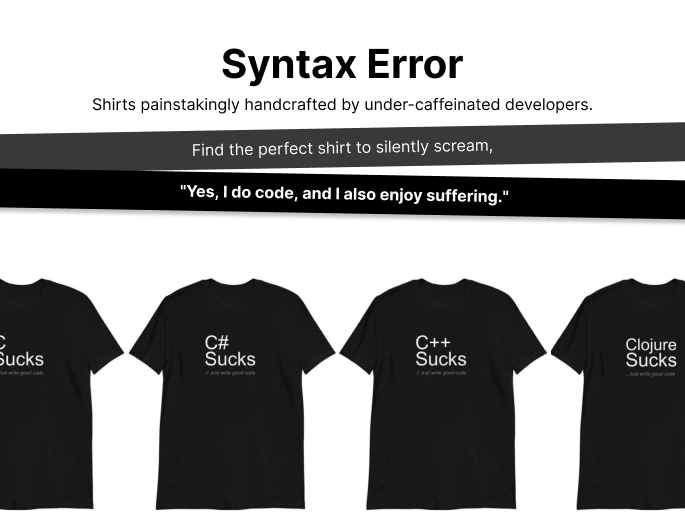Source: observe-check-react.medium.com
The Observability RiverCategory: Database, Security, Data, artificial-intelligence
We think you might be interested in this job:
Prismatic
This is based heavily on my experience of layering monitoring tools and solutions on top of each other, but sets it out in an easy to follow way, demonstrating that you don’t need a “big bang” monitoring solution, and that you can easily add to it as your team or organisation grows.
As the river reaches the end of its journey and we drift out onto our data lake, we start to look at visualisation — how do you ensure that you present your data to your customers (both internal and external) in a way that is understandable and constructive?
Now that we understand the flow of our monitoring, we’ll be looking at each part of the river in more depth in future posts, so join me as we set sail (Sorry again! Ed).
Related Articles
Community Partners
DevOps Careers









